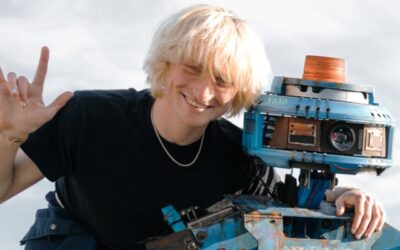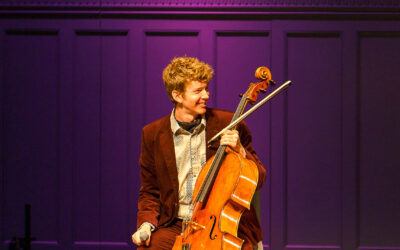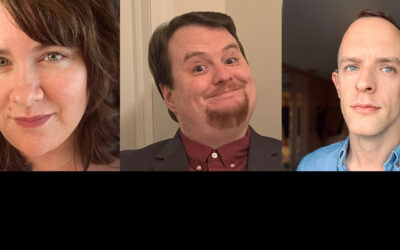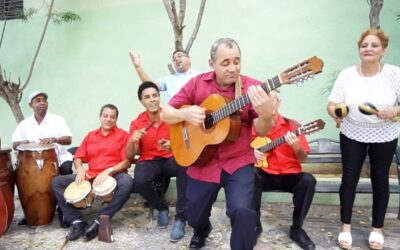Bailey Ambrose Heller, a mechatronic artist and Town Hall's Fall 2024 Artist-in-Residence, will explore his passion for robotics and process for creation at his October 15 Scratch Night event. The...
A Bittersweet Farewell: 10 Questions with Joshua Roman
Joshua Roman has been the Artistic Director of our beloved Town Music series for 15 creative, vibrant, transformational years. With bittersweet emotions, we’ll send him off with an epic Final...
Disability in Fiction with Sarah Salcedo, John Wiswell, and Ross Showalter
On April 26th, authors John Wiswell and Ross Showalter will join our Writer-in-Residence, Sarah Salcedo, for an evening of short fiction and craft talk. Amongst other topics related to the craft of...
Five Questions with Kiki Valera
Take a peek into the mind of Cuban virtuoso Kiki Valera, who muses on his influences, his instrument of choice, and the art of making music. Be sure to join us later in February for a live concert...
An Interview with Fall ’21 Podcast Artist-in-Residence Samantha Allen
Town Hall Seattle is pleased to introduce our Fall 2021 Podcast Artist-in-Residence, Samantha Allen. Samantha is the author of Patricia Wants to Cuddle and the Lambda Literary Award finalist Real...
Town Music | A Conversation with Artistic Director Joshua Roman
Our Town Music chamber series has returned! In this age of COVID-19, the season has been transformed. Town Music, in the coming weeks and months, will explore how digital spaces can enhance our experience of art, rather than simply remind us of what we are missing.
Joshua Roman, Town Music’s Artistic Director, has spent much time in quarantine thinking about what a season of concerts can be without a concert hall for everyone to gather in. He sat down with correspondent Jonathan Shipley to discuss what it means to be a curator in this day and age and what silver linings there may be in a pandemic.
Who Was The Joyce Girl? A Conversation with Annabel Abbs
Author Annabel Abbs writes powerful stories that capture the lives and struggles of remarkable women. Her first novel, The Joyce Girl, tells the fictionalised story of Lucia Joyce, forgotten...
Shouting From The Margins
In the wake of the coronavirus pandemic, many historically marginalized groups are finding themselves facing prejudice, animosity, and rejection by a system already stacked against them. But South...
Emerging Intelligence: An Interview with Richard Yonck
Humans occupy a unique place in nature. Our evolution has been interdependent on pattern recognition and the development of technology unlike any other animal on the planet. We often consider our...




